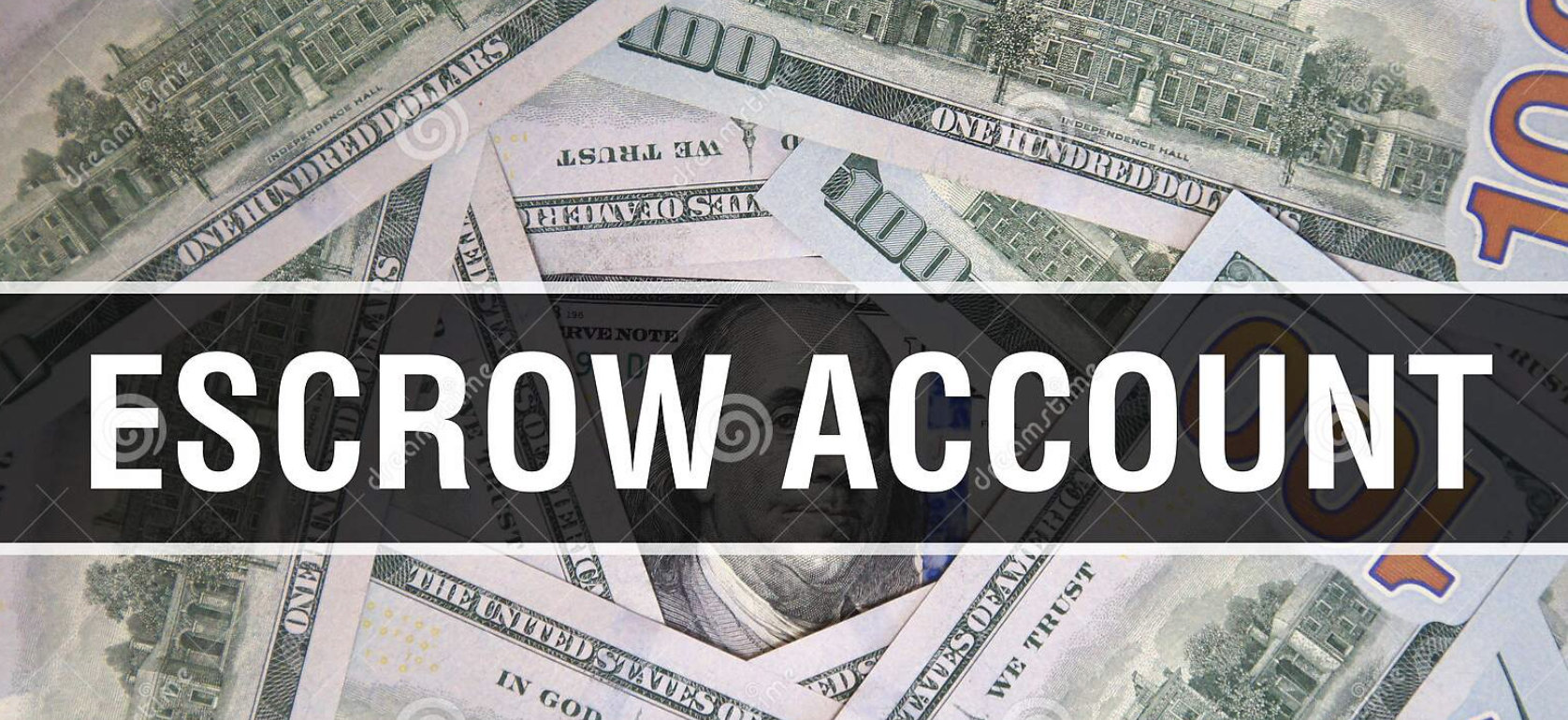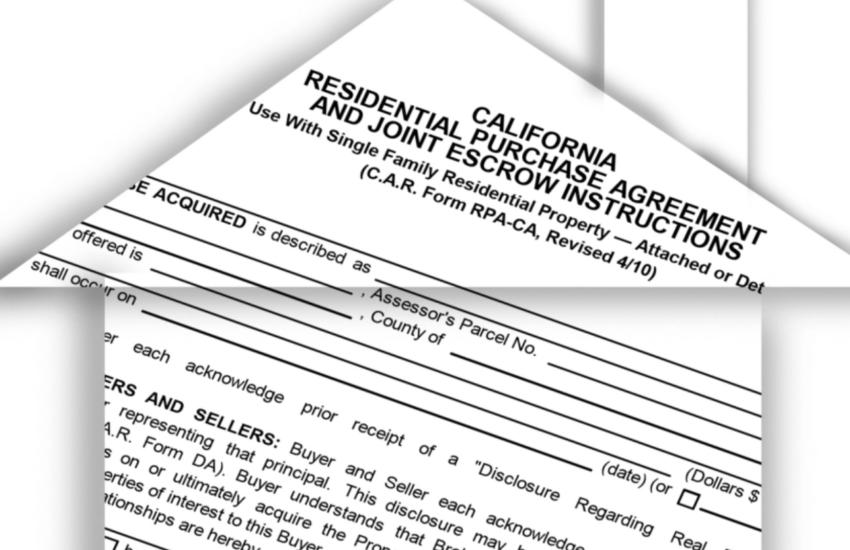“Understanding Impound Accounts: What You Need to Know as a Homeowner”
An impound account, also known as an escrow account, is a separate bank account that is set up by a mortgage lender to collect and manage funds on behalf of the borrower to pay for property taxes, homeowner’s insurance, and other related expenses.

When a borrower takes out a mortgage loan, the lender may require them to make monthly payments into an impound account in addition to their regular mortgage payment. The impound account collects a portion of each payment to cover the estimated cost of property taxes and homeowner’s insurance that will become due during the year.
The lender then uses the funds from the impound account to pay the borrower’s property tax and insurance bills when they become due. This ensures that the borrower does not fall behind on these important expenses, which could result in liens or foreclosures on the property.
Lenders typically require impound accounts for borrowers who have less than 20% equity in their property or who have a history of late payments on property taxes or insurance. However, impound accounts can benefit any borrower by providing a convenient way to manage and budget for these expenses over the course of the year.
You must also pay an “initial escrow deposit” at loan closing, which will vary greatly based on the month you close, and where the property is located.
Lenders may also collect one or two extra months of payments to act as a cushion for future increases in taxes and insurance, but this amount is strictly regulated
The Supplemental Tax Bill is NOT Included in the escrow account
When you purchase a home and the escrow account is created it is based on the current property bill value. Since the supplemental bill is not yet issued, it is not accounted for when determining the monthly amount by your lender. But, in many case, you can just send the bill(s) to your lender and they will pay it from the escrow account. This will cause a shortage of the escrow account depending on the amount due. The lender will adjust your monthly payment to cover the shortage spread out over 12 months and then your monthly payment will adjust back down. If you want avoid a higher mortgage payment for 12 months, you can pay the Supplemental Tax bill directly yourself.
How to Remove Impounds
- You can request the removal of impounds once your LTV is at/below 80%
- So either by paying down your loan over time or via lump sum payment
- But there’s no guarantee the lender will agree to do so
If you initially set up an escrow account, you may be able to get it removed later down the line.
Simply contact your loan servicer and ask them to review your escrow account.
As a rule of thumb, your request is more likely to get approved if your LTV is at or below 80%. That way they know you’ve got skin in the game.
That 20% in home equity gives the lender sufficient protection from potential default if you fail to pay property taxes or home insurance in a timely fashion.
But it’s not a guarantee, and sometimes they’ll simply balk at your request, even if you have a ton of equity.
You can also refinance your current mortgage to remove the impound account. I personally myself, keep my escrow account. I don’t want to think about that large tax bill thats due the same month as Christmas.



